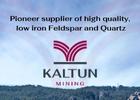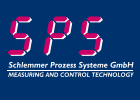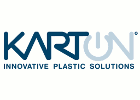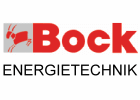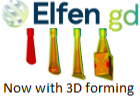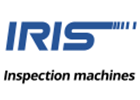INFO
Essas são as informações básicas da empresa. A empresa fornece informações detalhadas adicionais, tais como Web site, fax e números de telefone, pessoas de contacto, a história e os dados da empresa.
Para obter acesso a essa informação, ou para impressão do perfil de empresa, é preciso ter uma validade "Profile Access" para glassglobal.com. Informações para reservas estão disponíveis no Informaçaos e preços .
Informações de contato
| Endereço | Fidelis Energy Inc 190 North Canon Drive , Suite 420 Beverly Hills 90212 |
| Estado |
California |
| Get in contact with Fidelis Energy Inc |
Produtos / Máquinas
The Company´s photovoltaic cells consist of:
An initial semiconductor layer, comprised of N type semiconductor material having a top surface and a bottom surface. Light-transmitting particles are interspersed within the N type semiconductor material; and
A second semiconductor layer, consisting of P type semiconductor material having a top surface and a bottom surface. Light-transmitting particles are interspersed within the P type semiconductor material. The top surface of the second layer is in direct physical and electrical contact with the bottom surface of the first layer to form an N-P junction.
The generation of electrical current from the lower N-P junctions of a stacked multi-layer photovoltaic cell results from the transmission of light through each semiconductor layer to the lower semiconductor layers. As a result, photovoltaic cells are produced which exhibit greater current-generating capacity for a given surface area of sunlight exposure.
The technology utilizes light-transmitting materials reduced to a powder form, typically through grinding the material to a size of 5 micrometers to 150 micrometers, followed by a further reduction in the particle size to 400 to 800 nanometers.
A wave guide carries light through the cell. This is achieved by exciting metallic structures that cause the conduction electrons to oscillate. Conduction electrons improve the absorption and emission of light from thin planar semiconductor layers by coupling the light with the wave guide modes of the semiconductor layer. Enhancing absorption through the use of conduction electrons also avoids the increase in surface recombination that occurs with conventional light-trapping methods.
The wave guide mode concentrates electrical potential in the cell. The material and amount of layers determines voltage while amperage is determined by particle size. The multiple stacked solar cell and wave guide mode enables sunlight- exposed conversion areas to be maximized by shifting the orientation from horizontal to vertical.
In addition, the technology enables PV cells to be packaged in any desired physical shape and with a reduced overall surface area such as cubes or elongated tubular structures designed to fit within specific size and shape constraints. This design flexibility greatly reduces the difficulty and costs of shipping, storing, deploying, and securing large solar module arrays.

